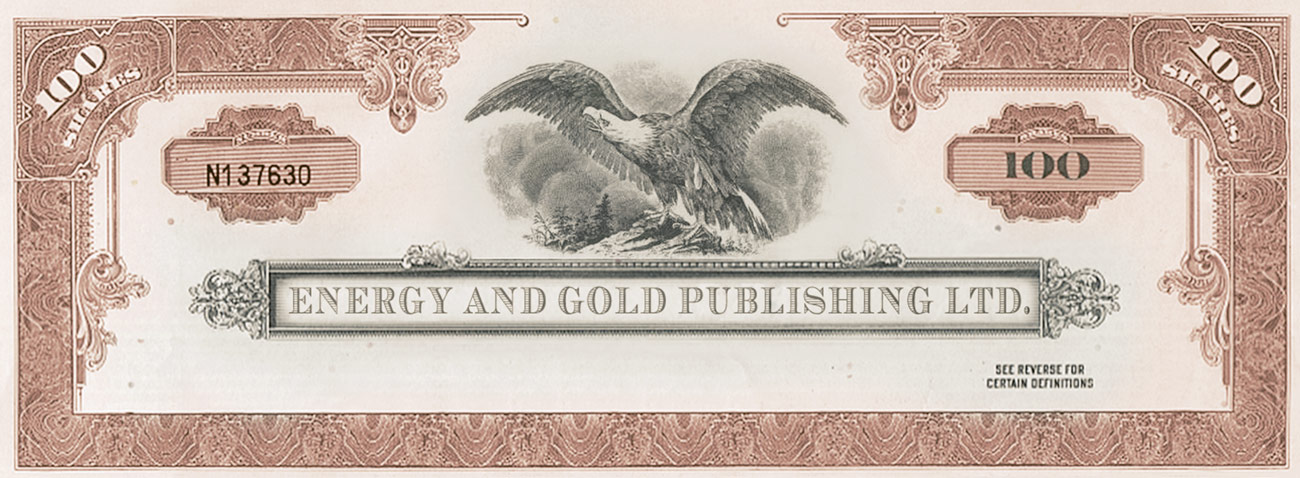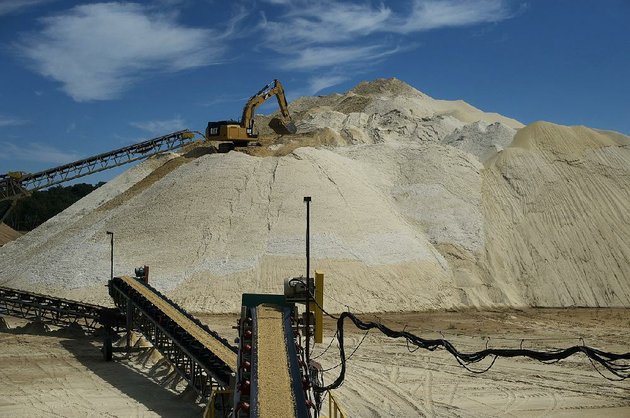Keith Schaefer is the editor and publisher of the Oil & Gas Investments Bulletin which finds, researches and profiles growing oil and gas companies that Schaefer buys himself. He is also one of the most respected names in the investment newsletter space and correctly anticipated the dramatic crude oil decline of 2014.
Energy & Gold’s Scott Armstrong caught up with Keith and delved into what he’s seeing out there including an underappreciated oil sector supplier and the hottest name in this space. Keith was candid and insightful and we thank him for spending some time with us.
Scott Armstrong: What are the best frac sands plays that investors should consider getting involved in?
Keith Schaefer: For the very risk averse, Halliburton (NYSE: HAL) would be an easy choice. Of the three mid-tier specialty, pure play producers, I like US Silica best (NYSE: SLCA). Lower debt, better balance sheet. And the juniors…Select Sands (TSX-V: SNS)
Scott Armstrong: Tell us more about Select Sands and why you like it please.
Keith Schaefer: The frac sands companies were a complete anomaly in the market, frac sand is an industrial mineral and anyone who’s spent any time investing in Canada knows that industrial minerals are for the private markets, not public because they get no multiple; they get around 2-3x EBITDA. Frac sand was that one sexy commodity that went to ~25x cash flow, those stocks had fantastic runs. U.S. Silica emerged, high crush, they basically quintupled in 18-24 months.
Frac sand plays had been a forgotten part of the sector until everyone realized in 2013 when EOG and Whiting started changing their frac intensity to use a lot more frac sand. Then the market really caught on and took these frac sands plays to the moon.
What Rasool (Select Sands CEO Rasool Mohammad) has done here has been quite impressive honestly. He found this asset (Arkansas Silica Sand Project) by being a good CEO and a good detective. Here you have Rasool walking through the wilds of Arkansas with a guide and a shotgun coming up against people who were literally living in caves around there, that’s how far back in the sticks this asset is. Kudos to Rasool for finding this asset and for securing it on a good deal; he worked the phones and found people to support him, and he spun together quite a remarkable board of directors for a relatively small company with no track record. And not only did he attract a great board, he attracted a board who put money into the company. This gave the market a huge sense of confidence that has basically allowed the stock to go from .05 to .35, one of the best performers on the exchange this year.
Moreover, Rasool has been able to get a guy from U.S. Silica who has had success selling silica sands to the glass market. He’s done all of this with very little capital and he’s now in a position in which he has permits and he’s done some drilling all on less than $5 million capital raised.
Select Sands (SNS.V) has been one of the best performers on the TSX-Venture exchange this year
Scott Armstrong: What will it take for investors to get excited again about the frac sands plays?
Keith Schaefer: Rasool is in a great situation right now. He’s going to be able to announce at some point in Q1 2016 that he has a customer for the product, I don’t know who it’s going to be but it’s going to be market validation. As soon as the market knows that you don’t need to go back to raise more capital you get a much higher validation.
Here’s another thing about the product Rasool has is that because it’s in Arkansas he figures he’s saving about 8 bucks per ton over Wisconsin deposits in rail charges. When a company buys frac sands ½-⅔ of the delivered price of that frac sand is rail charges. The frac sand itself isn’t that expensive but it’s getting the rail capacity to get it to market is where you can really win and lose customers. He figures it’s going to save him about 8 bucks a ton cheaper because most of his customers are in Texas or Louisiana.
Right now margins are being squeezed, prices have come down for frac sand by about 20%. It was interesting to see on the Q3 conference calls for both Emerge (EMES) and Hi-Crush (HCLP) that their volumes were actually up which is pretty remarkable. Now there’s no way their volumes will be up in Q4 or even Q1, but the point is that even with the huge drop off in drilling the amount of frac sand being used hasn’t been affected much. This shows just how important frac sand is for the industry.
We’ll see volumes keep up and pricing pressures come down. Even with pricing pressures now Scott, most companies are reporting gross margin per ton of $6.50-$7, so if Rasool can get $8 per ton more profit by being in Arkansas he will basically have double the profit of these other more established companies. This should help him out on the investor front, and it should also help him out on the industry front where if somebody is looking for a low cost supplier to add to their portfolio of deposits. Certainly Emerge would be #1 on the list, Emerge is the high cost producer of the 3 big guys so they would need an asset like this the most.
Scott Armstrong: Is the trend of using more frac sand per well intact?
Keith Schaefer: Absolutely, more frac sand = more production. What’s happening now is we are seeing some wells use as much as 20 million tons of horizontal frac sand in a long horizontal well. That’s more than one big train load, we are talking about a mile long train with nothing but frac sand and that’s going to be used on just one well.
Scott Armstrong: How sensitive is frac sand demand to an increase in the oil price?
Keith Schaefer: The industry has done a very good job of reducing its cost structure in North America. We don’t need oil to go back up to $90 to ramp production up, service costs have come down so much that if oil were to go back to $60 it would be the equivalent of $90 before the crash. The demand for frac sand would skyrocket at $60/barrel – frac sand has more leverage to the energy game than it did before.
Scott Armstrong: What are you anticipating with the price of oil? Is $40 strong support that will hold? What could catalyze a rebound in oil?
Keith Schaefer: What we’re seeing right now is a big increase in the amount of VLCCs—Very Large Crude Carriers—in the Gulf Coast. When there’s that much oil being stored offshore, that’s a sign that onshore storage is getting full. And the Seaway pipeline that takes 400,000 bopd of oil from Cushing Oklahoma down to the Gulf Coast is shutting in, partly due to the glut of oil in the US. So until refinery runs pick up—and they do seasonally, every December and January—the price of WTI could really get weak—well under $40; maybe more like $35 for a month or so.
Scott Armstrong:How do you anticipate the junior oil space playing out over the next 6 months? When should investors look to take advantage of tax loss selling season?
Keith Schaefer: I think there is a strong chance the price of oil has a nosedive in North America in December, as oil storage around the continent gets tight. So December should be a great time to do some tax loss buying. When I’m doing this, I’m only buying the market leaders, the Tier 1 companies, in each subsector of the energy field. Now, if oil does bounce back in January or February like I expect it to, even the turkeys will fly and the lower priced spec names will run too—but I’m not willing to make a big bet on that.


